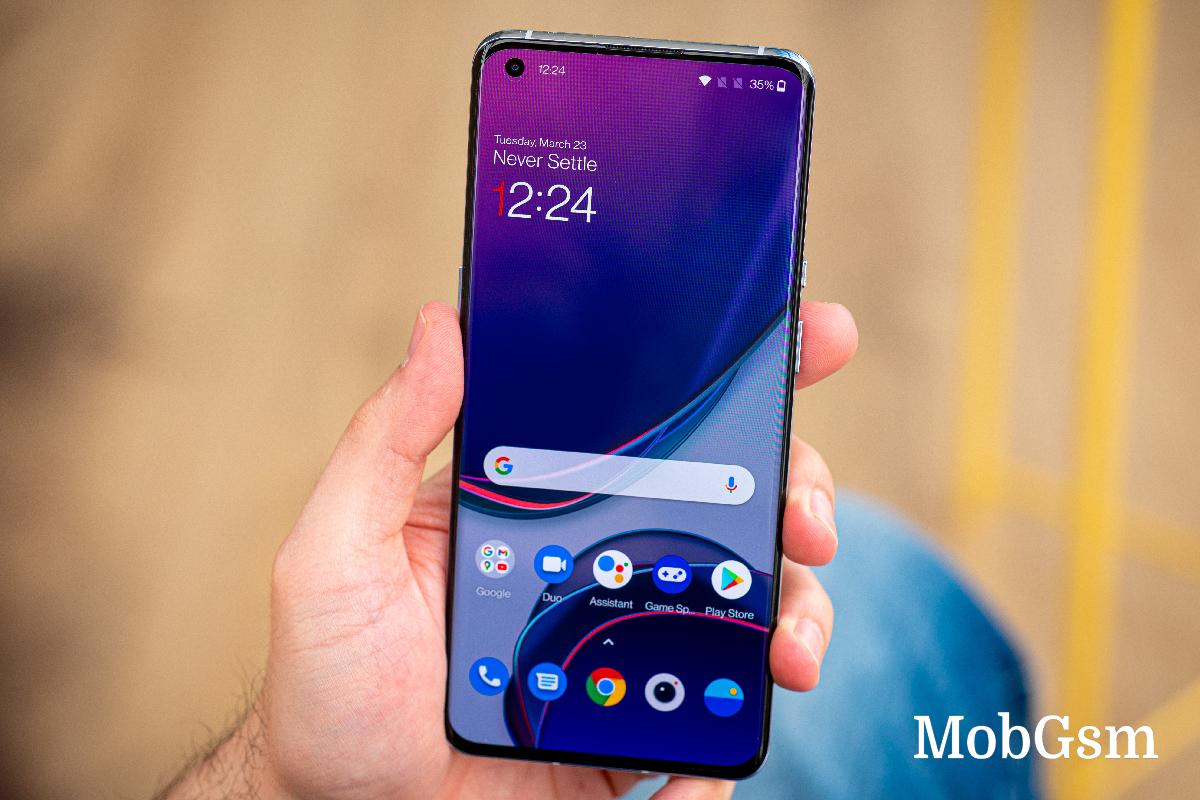OnePlus says recent smartphone SoCs are an overkill for many apps

OnePlus found itself embroiled in a(nother) controversy last week, which had to do with its software skin, OxygenOS, throttling most popular apps in day-to-day use on the OnePlus 9 and 9 Pro. We"ve explained what happened in detail in this post that"s about the company"s initial response to those claims.
Today OnePlus is back with what it thinks is a better, more in-depth explanation of why it was doing what it was caught doing. This definitely is a longer text than the one-paragraph response it issued last week, but we"re not sure it"s doing the company any favors either.

Here"s the standout quote:
In recent years, the performance of smartphone SoCs has reached a point where their power is often overkill in certain scenarios for many apps including social media, browsers and even some light gaming. With this in mind, our team has shifted its attention from simply providing sheer performance to providing the performance you expect from our devices while reducing power consumption and heat dissipation. To be more precise, we want to match each app with the most appropriate performance it needs.
The rest basically confirms the exact behavior that AnandTech spotted last week, and keeps reassuring you this is all in the name of battery life and heat dissipation, in a way that leaves out a few things.
First, according to the tweet below from the author of that AnandTech article, the actual battery life gains from employing this scheme are laughably marginal. Like, seriously, a few minutes extra running time? That"s what warranted not just doing this, but keeping it hidden from users?
OP9Pro battery: Vivaldi at full perf but unavoidably limited to 60Hz gets 11h56m in the web test, Chrome perf crippled at 60Hz gets 11h59m. Makes you ask yourself if the drama was worth it.
— Andrei F. (@andreif7) July 8, 2021
Second, there"s another solution a company has access to when battery life isn"t satisfactory, and that is launching that phone with a bigger cell.
Third, there are ever more complicated (and thus, expensive, both in price but also in the space they need to take up inside) solutions for more and more efficient heat dissipation out there, and it definitely seems like OnePlus chose a software "solution" to compensate for some hardware misses in these areas.
If you want to read OnePlus" entire explanation, make sure you head over to the Source linked below. We still think this "scandal" wouldn"t have been such a big deal if the company had been upfront with its customers about it, made this the default behavior, but also gave people a way to disable it if they wanted - with a battery life warning beforehand if need be.











